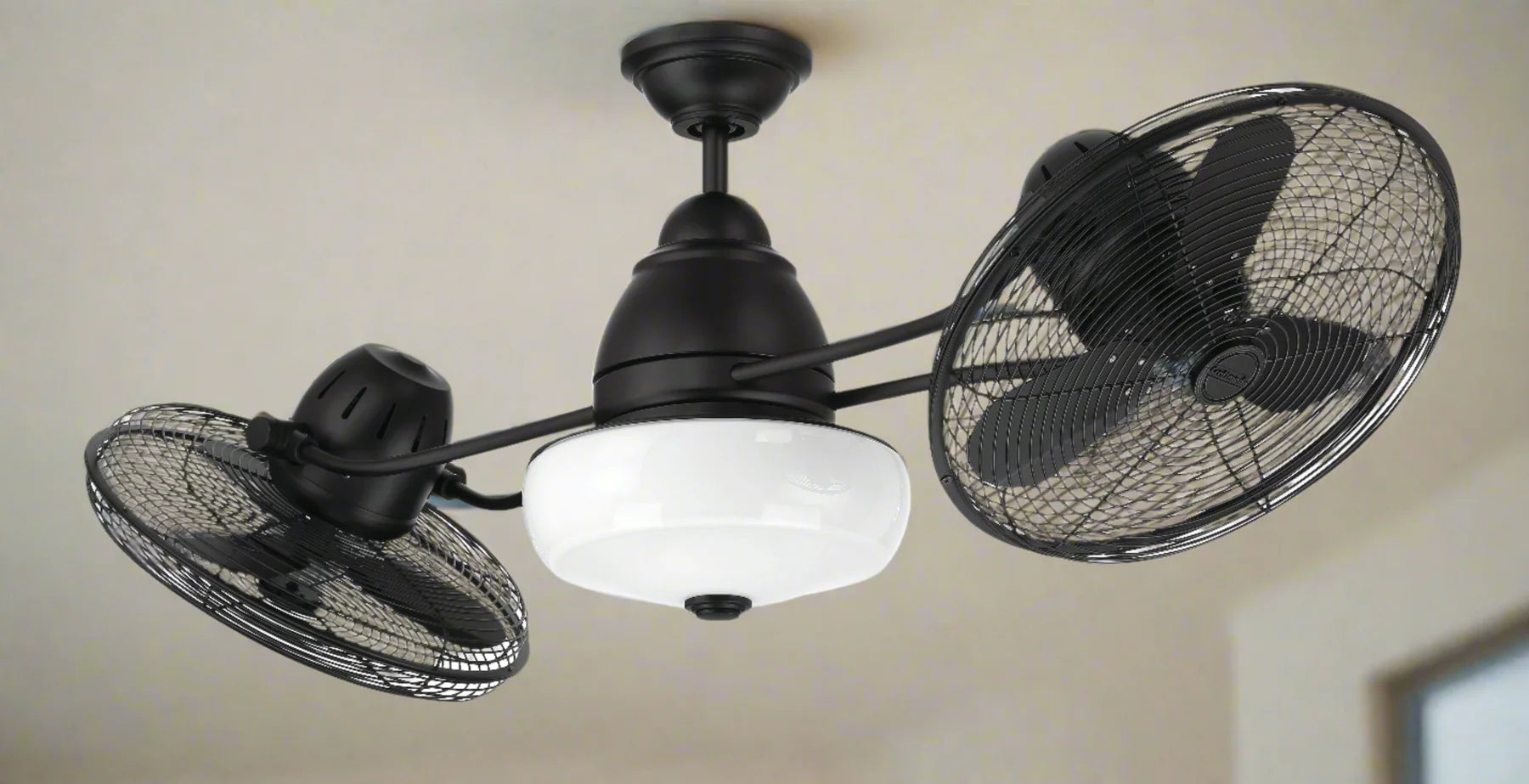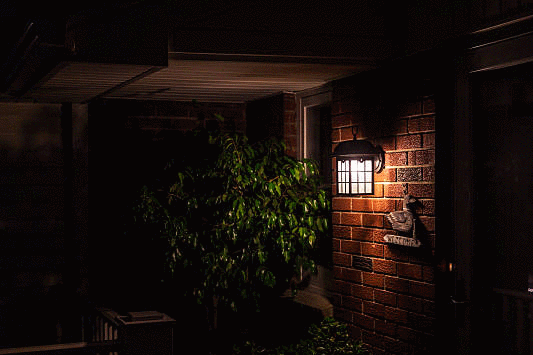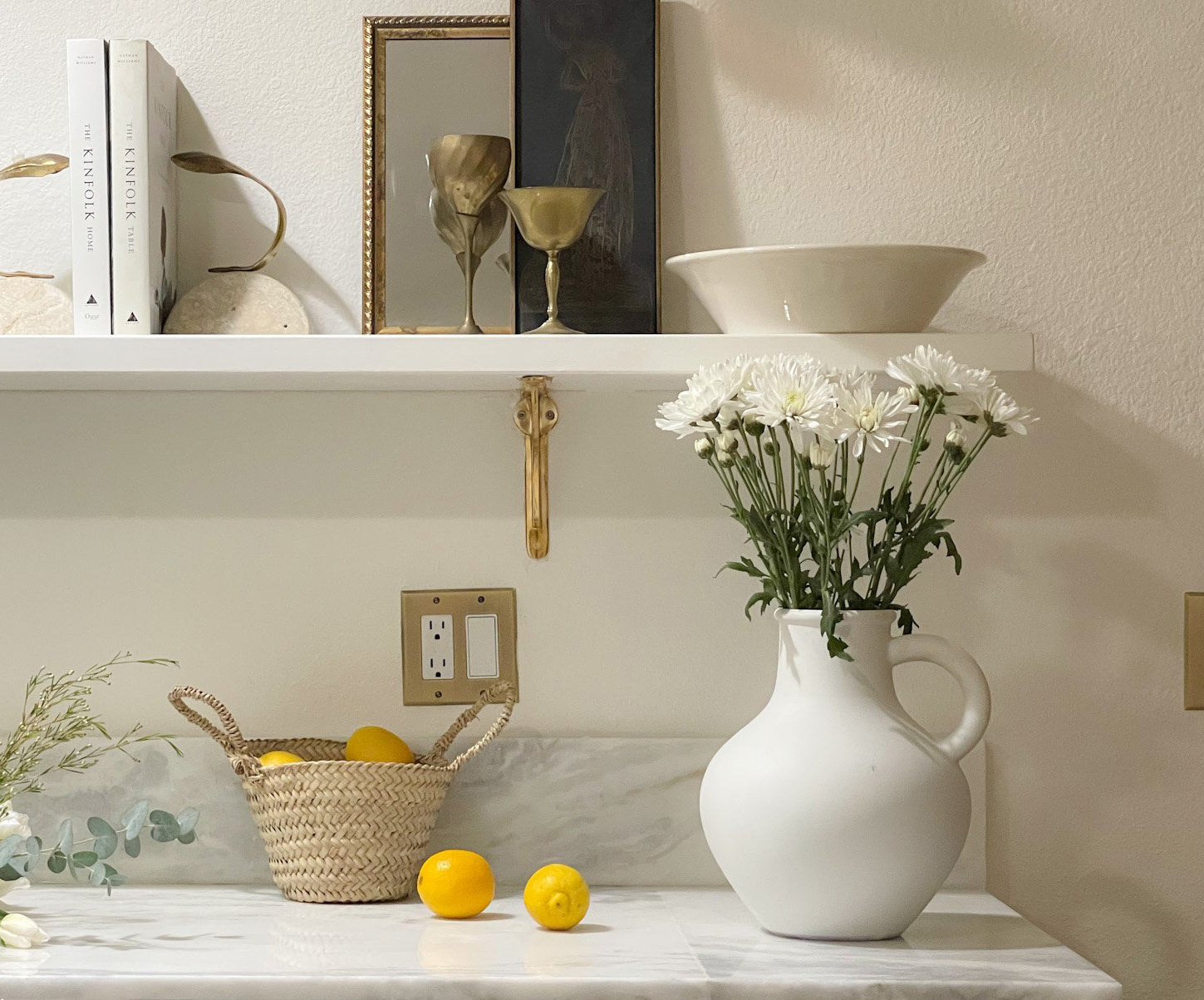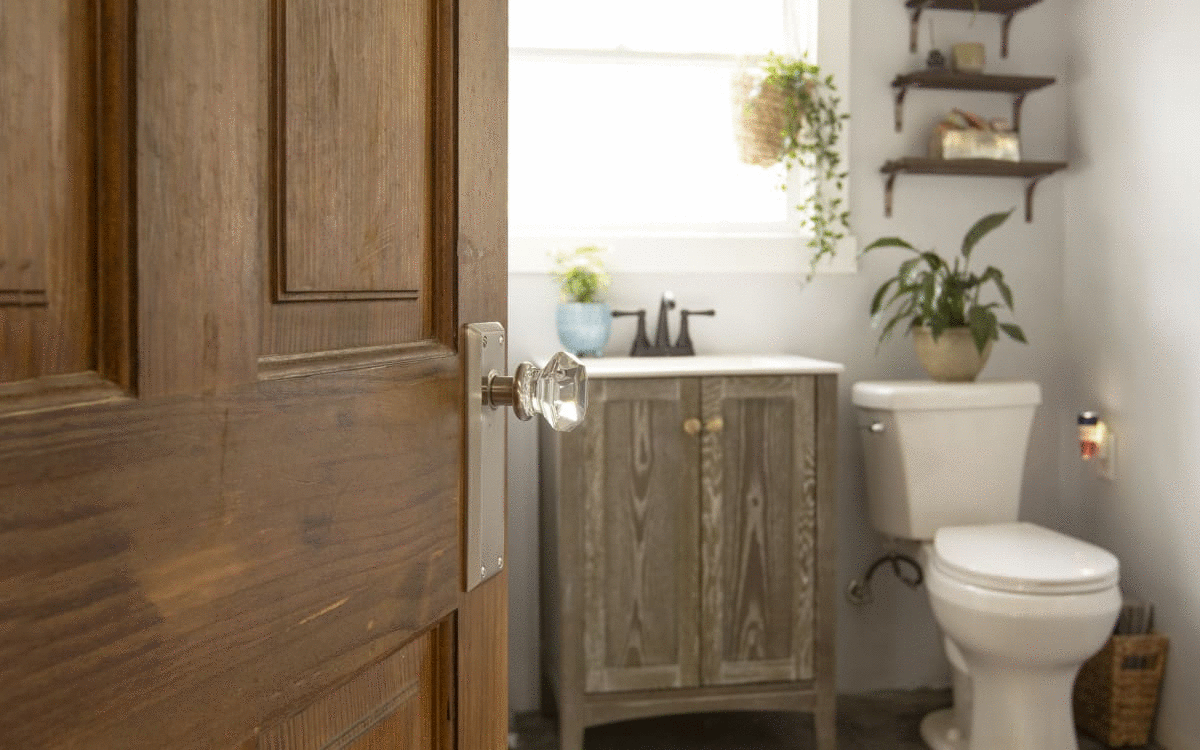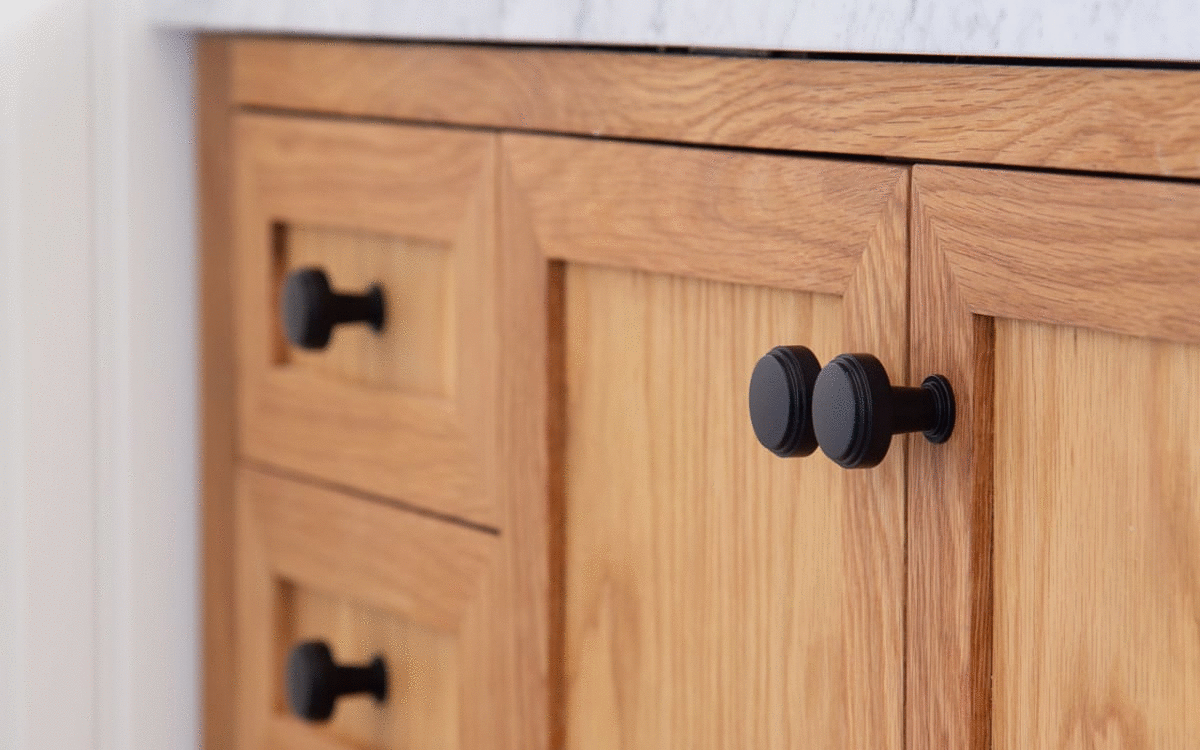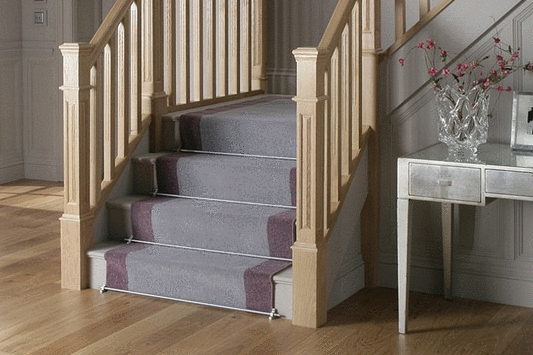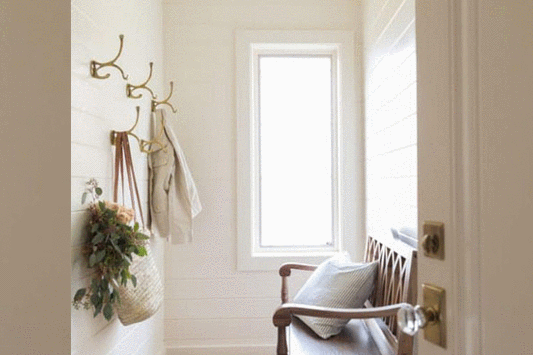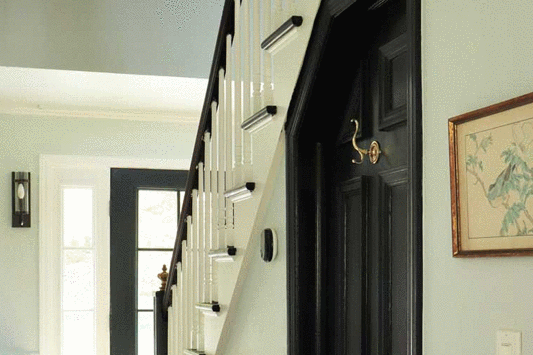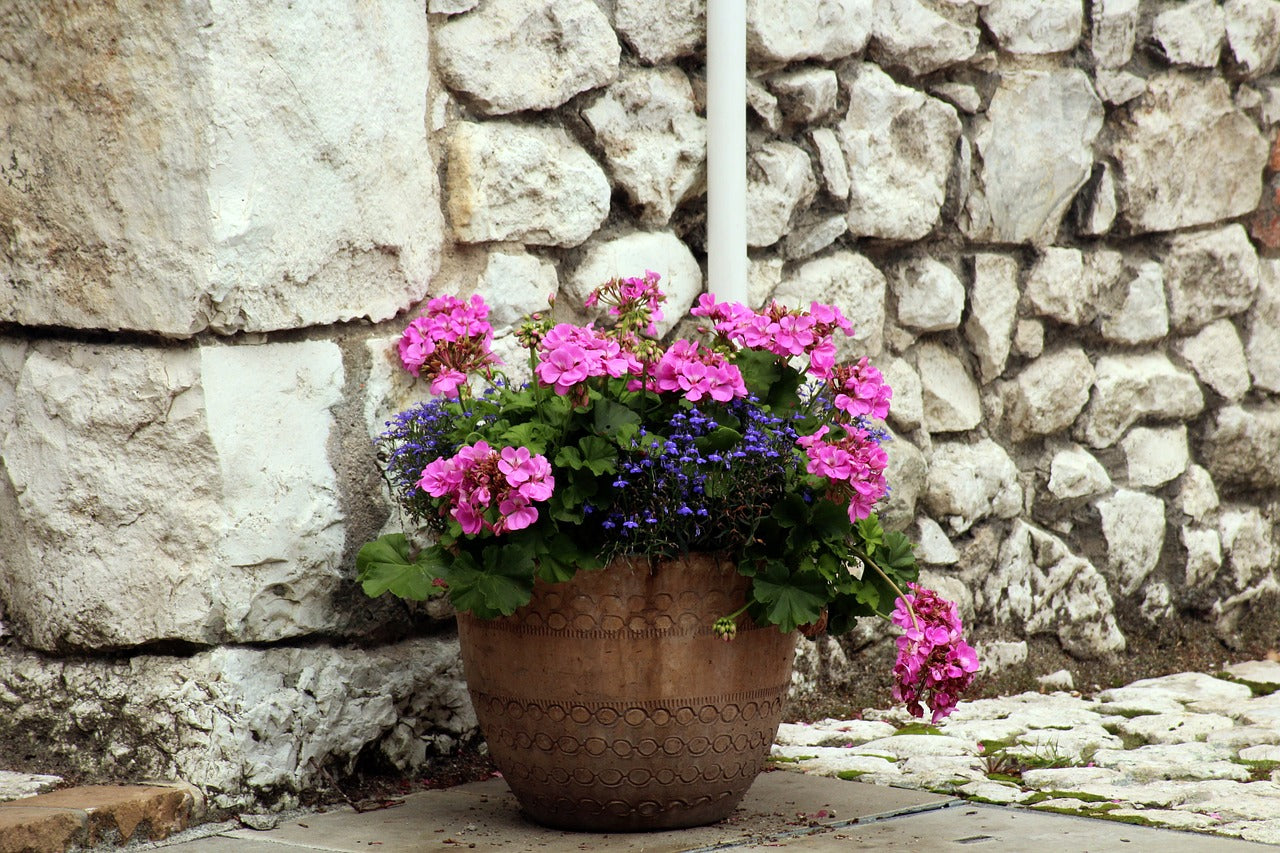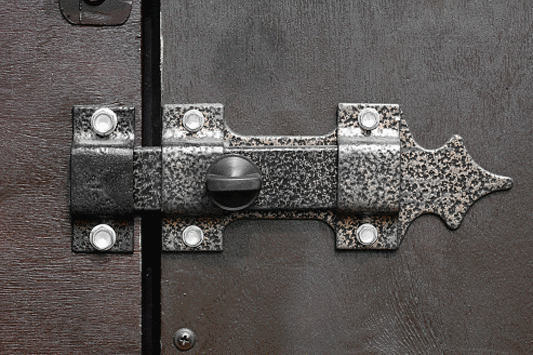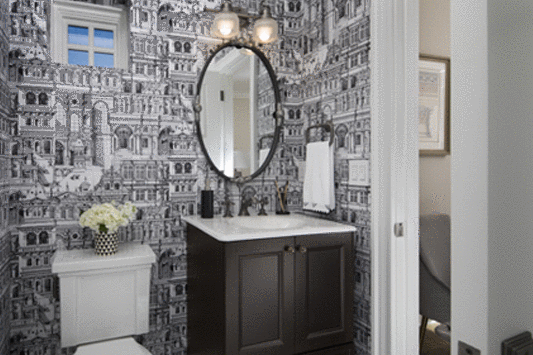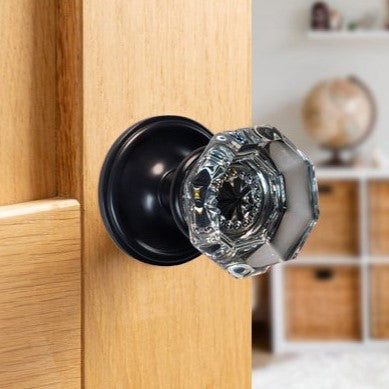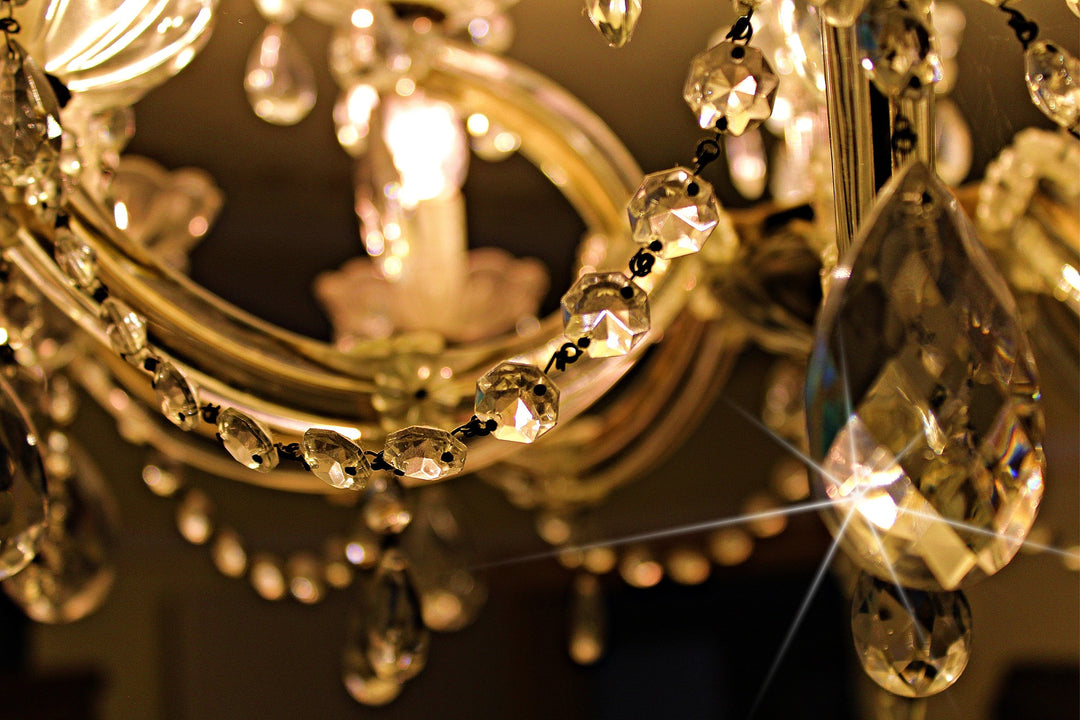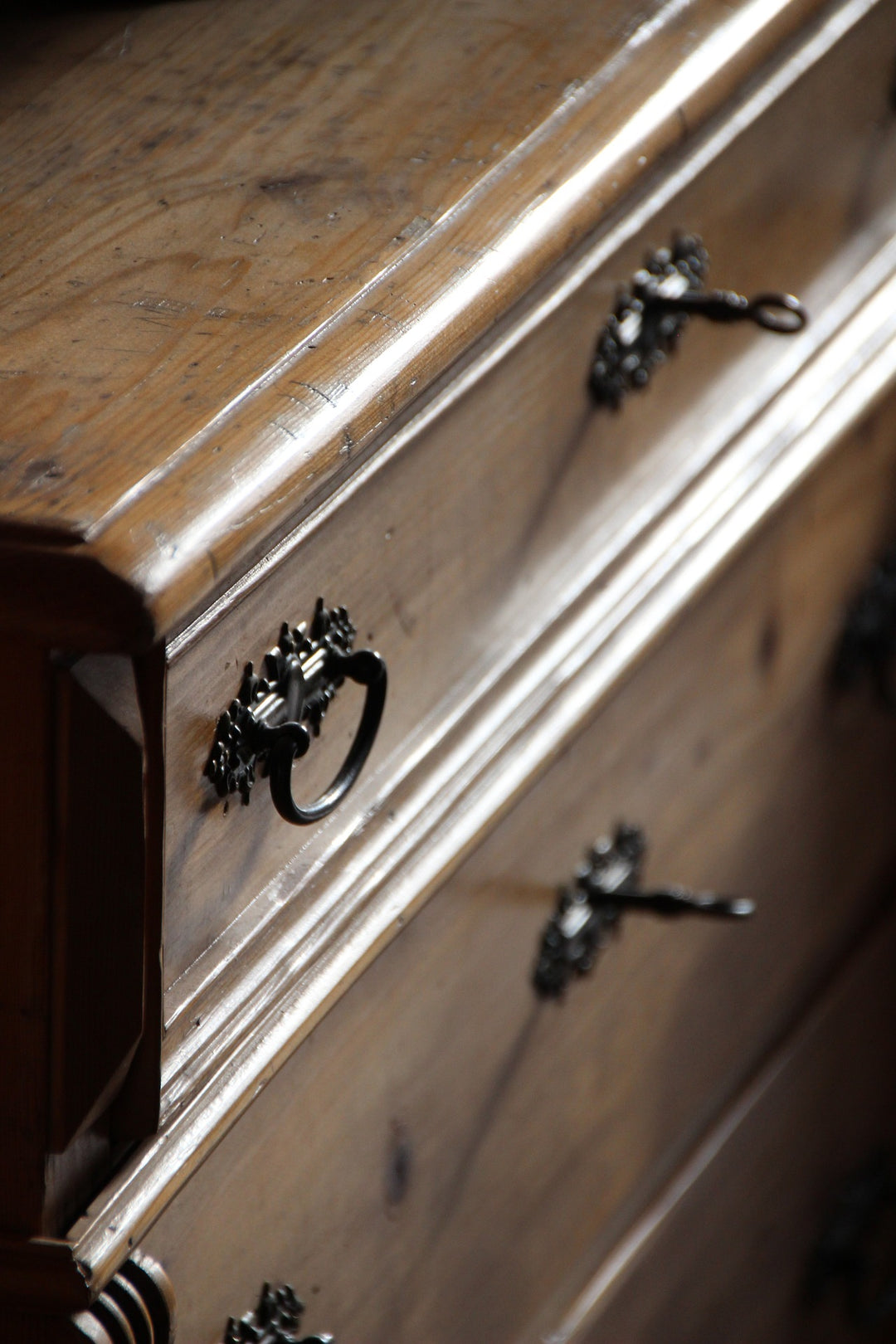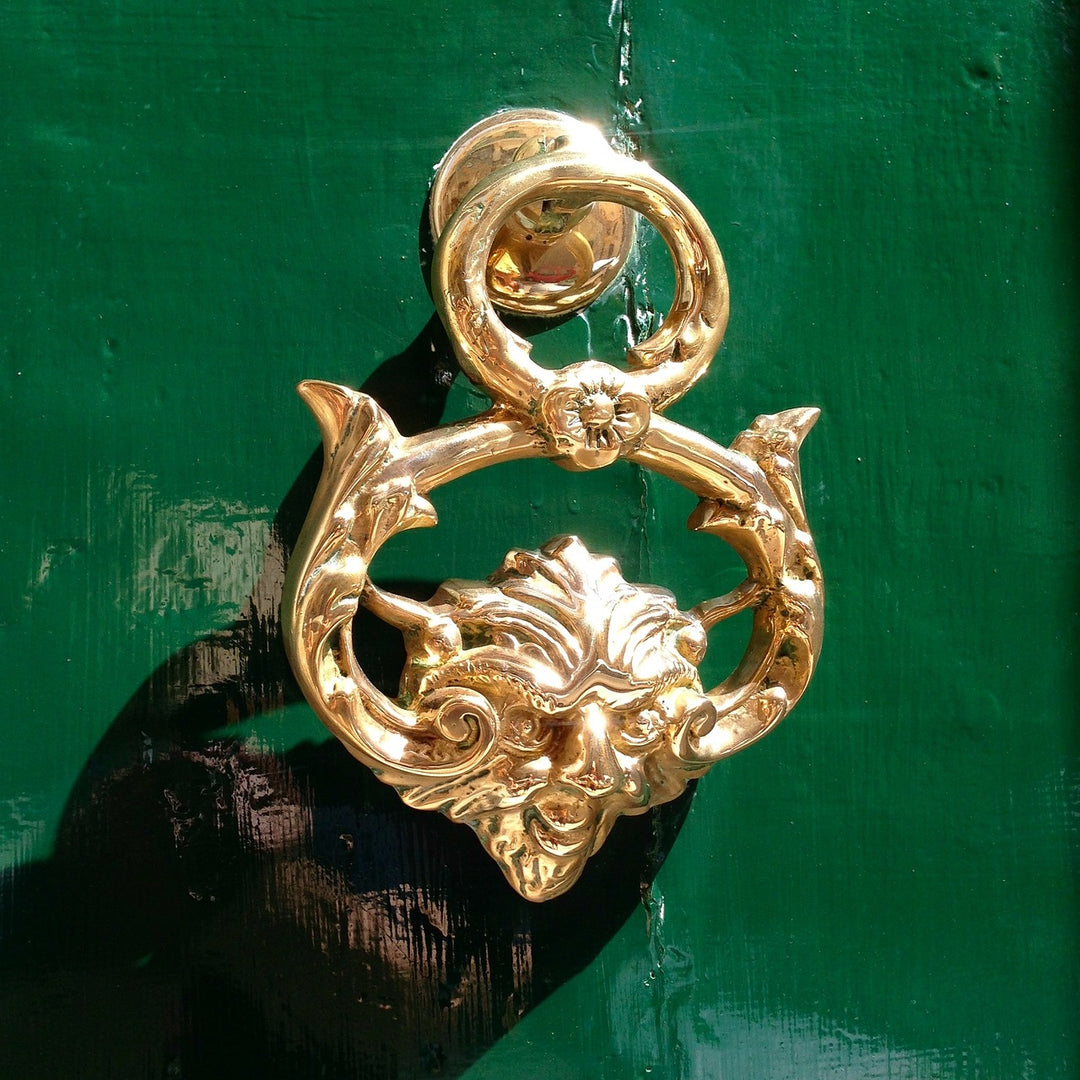Tips for Identifying Authentic Antique Hardware Versus Reproductions
Antique hardware, whether it's for furniture, doors, or other fixtures, adds a touch of history and elegance to any home. However, with the rise of reproductions, distinguishing genuine antique pieces from modern replicas can be challenging. Whether you're a seasoned collector or a curious novice, understanding the nuances of antique hardware can help you make informed decisions. Here are some essential tips for identifying authentic antique hardware versus reproductions.

Examine the Materials:
Authentic antique hardware was crafted from the materials available at the time, which were often of higher quality and different composition compared to modern reproductions. Here's what to look for:
- Brass: Antique brass hardware will have a rich, deep patina that develops over decades. Reproductions might appear too shiny or have a uniform appearance due to artificial aging processes.
- Iron: Wrought iron pieces will show signs of hand-forging, such as irregular hammer marks and slight variations. Cast iron, used later, should show signs of wear consistent with age.
- Wood: If the hardware includes wooden elements, genuine antiques will show a grain and texture indicative of old-growth wood, which is denser and often more complex in pattern.

Inspect the Craftsmanship:
The level of craftsmanship is a significant indicator of authenticity. Antique hardware was often made by skilled artisans, resulting in unique characteristics:
- Hand-Forged Marks: Look for subtle imperfections and variations, such as hammer marks or slight asymmetry, indicating hand craftsmanship.
- Joints and Seams: Authentic pieces will have dovetail joints, mortise-and-tenon joints, or other traditional woodworking techniques that have stood the test of time.
- Engravings and Decorations: Detailed engravings or decorative elements should show signs of being hand-tooled rather than machine-made, which are usually more precise and less variable.

Assess the Wear and Patina:
Age-related wear and patina are telltale signs of authenticity. Genuine antique hardware will naturally accumulate signs of use over the decades:
- Patina: A natural patina, which is a surface layer that forms over time, should appear uneven and rich in color. This could include tarnishing, oxidation, and darkened areas where oils from hands have accumulated.
- Wear Patterns: Check for consistent wear in logical places, such as handles, edges, and moving parts. Reproductions may try to mimic wear but often fail to replicate the randomness and depth of genuine aging.

Look for Maker's Marks and Inscriptions:
Many authentic antique hardware pieces were marked by their makers, which can provide crucial clues to their origin and authenticity:
- Maker’s Marks: These could include the name of the maker, a company logo, or a date. Researching these marks can provide insights into the piece's history and authenticity.
- Patent Numbers: Some antique hardware items have patent numbers that can be cross-referenced to verify the time period of the piece.

Study the Construction Techniques:
The methods used to assemble antique hardware differ significantly from modern techniques. Understanding these can help identify authentic pieces:
- Screws and Fasteners: Older screws were handmade, often with irregular threads and slightly off-center slots. Modern screws are more uniform and machine-made.
- Nails: Antique nails, like square-cut nails, were handmade and will show signs of aging, such as rust and wear that match the hardware.
- Joinery: Traditional joinery techniques, such as dovetail joints in drawers or tenon joints in doors, are signs of genuine antique craftsmanship.

Compare with Known Originals:
When possible, compare suspected antique hardware with confirmed originals. Museums, antique shops, and online databases can provide valuable reference points:
- Reference Books and Guides: Utilize antique hardware reference books that detail specific styles, makers, and periods.
- Online Databases: Websites dedicated to antique hardware can offer images and descriptions that can help in making comparisons.

Consult Experts:
If in doubt, consulting with experts can provide definitive answers:
- Antique Dealers: Reputable dealers often have extensive knowledge and can offer valuable insights into the authenticity of a piece.
- Appraisers: Professional appraisers can provide detailed evaluations and appraisals, often necessary for insurance or resale purposes.
- Historians and Curators: Those specializing in architectural history or museum curation can offer expert opinions on specific items.

Identifying authentic antique hardware requires a combination of knowledge, careful observation, and sometimes expert consultation. By examining materials, craftsmanship, wear patterns, maker’s marks, and construction techniques, you can develop a keen eye for distinguishing genuine antiques from reproductions. Whether for personal enjoyment or investment, the effort to authenticate antique hardware pays off by ensuring that you appreciate and preserve a piece of history.





